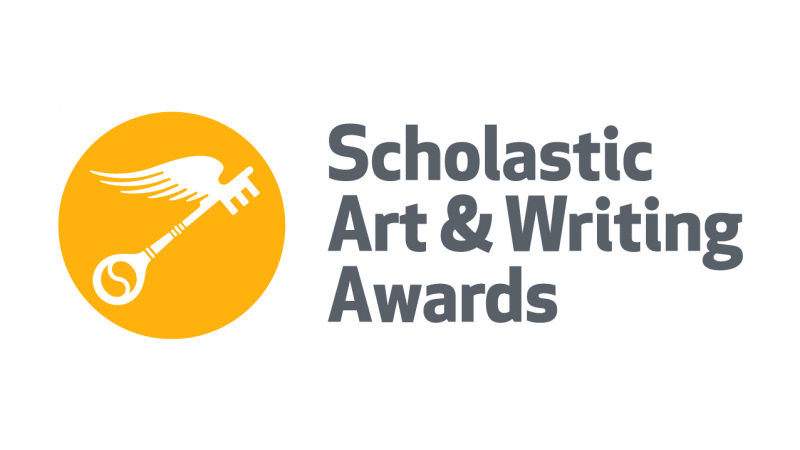This year's 2017 Scholastic Art & Writing Awards recognized 16 high school seniors who received the program’s highest national honor, the Gold Medal Portfolio, which includes a $10,000 scholarship.
Throughout May, we will showcase two pieces of art from this year's art portfolio winners. This week, we are celebrating the work of Kate Forer, age 18 (Carbondale, IL) and Samuel Zanowski, age 18 (Wauwatosa, WI).
What inspires you to create art?
Kate: I am inspired by seeing other people's art! I love seeing what other people decided to create, and thinking about and finding out about their reasons for doing what they did the way they did it. This helps me think about what I want to say or explore with my art, and how I could use similar and different tools to achieve that.
Sam: In general I am driven to create art so that I can create worlds of fantasy or oddity that are entertaining compared to everyday life, so a lot of it is just because it is so entertaining for me to create it. Specifically, the two things that I've been coming back to for inspiration recently have been nature documentaries and the little odd things we see or hear throughout our day, like a bizarre conversation overheard at a coffeeshop. Nature documentaries usually give me an itch to draw something cool because often the documentaries show how interesting and "alien" the animals and plants in our world really are. And again, the little oddities in everyday life inspire me to take those little things and make worlds out of them.
What do you enjoy most about creating art?
Kate: My favorite thing about creating art is seeing exactly how it turns out. Making art is a product of discovery as well as intentional creation; often a piece does not develop in the direction I expected. Errors are also an inevitable part of my artistic process, as seems to be the case for other artists I know. Mistakes can teach me things about the materials I am working with and the structures I am exploring; an unfixable “mistake” may be incorporated into the piece, and sometimes can even change it for the better. Making a new piece is an adventure, and is always exciting when I discover the final destination.
Sam: With a lot of my art being illustration, or at least narrative driven, it is the story that's behind each piece of art that I enjoy and what excites me. Even if it's not explicitly shown in the piece, I usually have a narrative in my mind that answers the who, what, when, where and why questions.
Is there an artists or another creative individual whose work has inspired the way you think about art and writing?
Kate: There are many! I remember when I took an art history class, and every week I found a new artist or approach that moved me and changed how I looked at things. I loved seeing how artists through the centuries were shaped by their times, responded to their world, and changed that world with their art, and I want to be a part of that story. I am specifically inspired by my Great-Aunt Doris Johnson, who sees the aesthetic potential in materials that range from stalks of wheat to empty soda or juice containers to left-over church programs. I love the transformation of everyday materials, including plain paper, into an artistic vision. I like to think about art as arising from our society and our experiences, not as something that occupies a separate or more exalted plane.
Sam: One of the artists that has left an impression on me is Farel Dalrymple, who's graphic novels in particular have really inspired me to make art. His work has such an attention to detail in both the visuals and the story that it's made me want to make my own art beautifully detailed, written, colored, etc.
What advice do you have for new artists or people who want to start trying different mediums of art?
Kate: My advice to beginning artists is to not see perfection as the goal, and to not be afraid of making mistakes! Nobody begins making art that looks exactly the way they want it to, and that’s okay. Artistic skills improve with use, from making mistakes and looking carefully at them. If you pay attention and keep trying, you will get better, and it is fine if you do not achieve absolute perfection! In my experience, even wonderful, beautiful art that seems really flawless has errors that the artist can point out to you.

Sam: If you're trying a new medium always always persist through the frustrating, imperfect art you'll make in the beginning. It's scary and challenging not knowing what to exactly do with a medium but that'll only stop if you keep trying it. For me it's painting that's intimidating because I have no idea how to start, but if I were to just start I'd eventually get it.
Why is it important to celebrate the arts?
Kate: The arts express and reflect the ideas and values of the times, they communicate and spread ideas in ways that can help to transform how we view the world, and they serve as an important and accessible historical record. Also, they just generally have a positive effect on people. Seeing and creating and experiencing art is an incredible source of emotion and enjoyment for people, and all of that is worthy of celebration!
Sam: It is so important to celebrate the arts because the arts are tied to the past, present, future, and everything that's happened throughout it. The arts are so amazing and offer so much to the world in so many ways that they just have to be celebrated. With that, celebrating and encouraging art and creativity in kids is one of the best things you can do for the future of art. Art is a valuable part of our world and our history and should be celebrated for that.
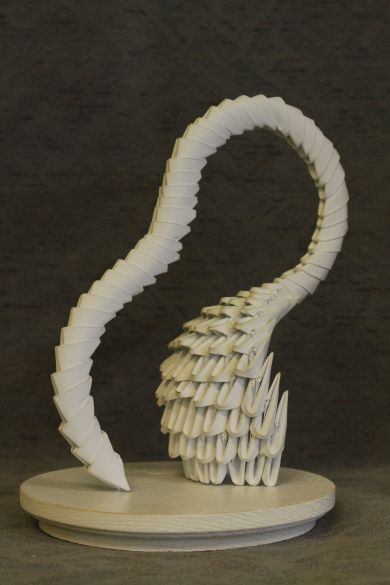
Credit: Kate Forer
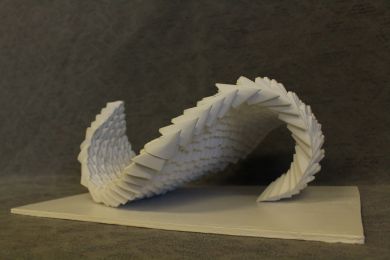
Credit: Kate Forer
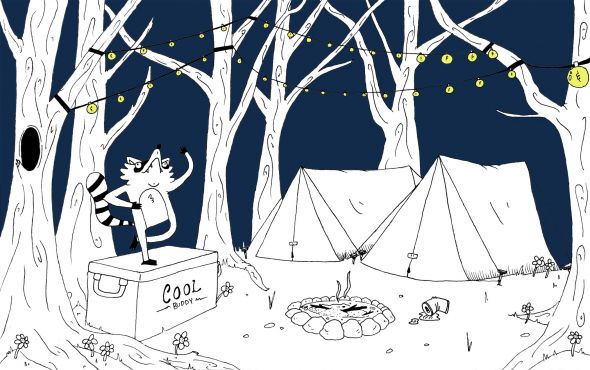
Credit: Samuel Zanowski
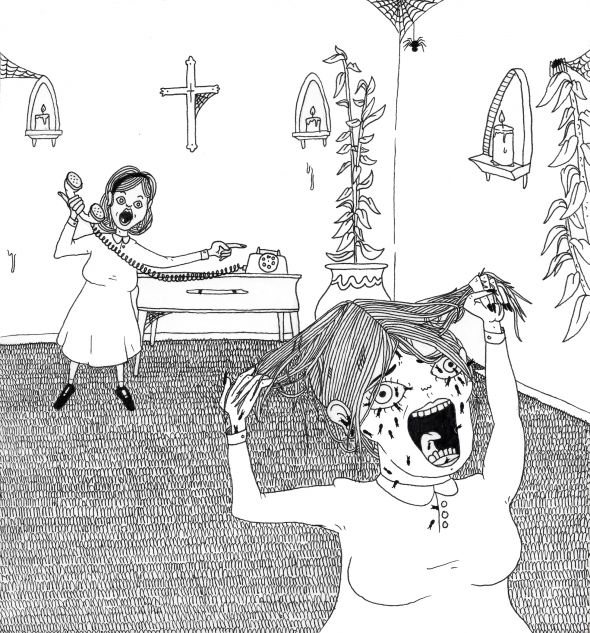
Credit: Samuel Zanowski
Scholastic

